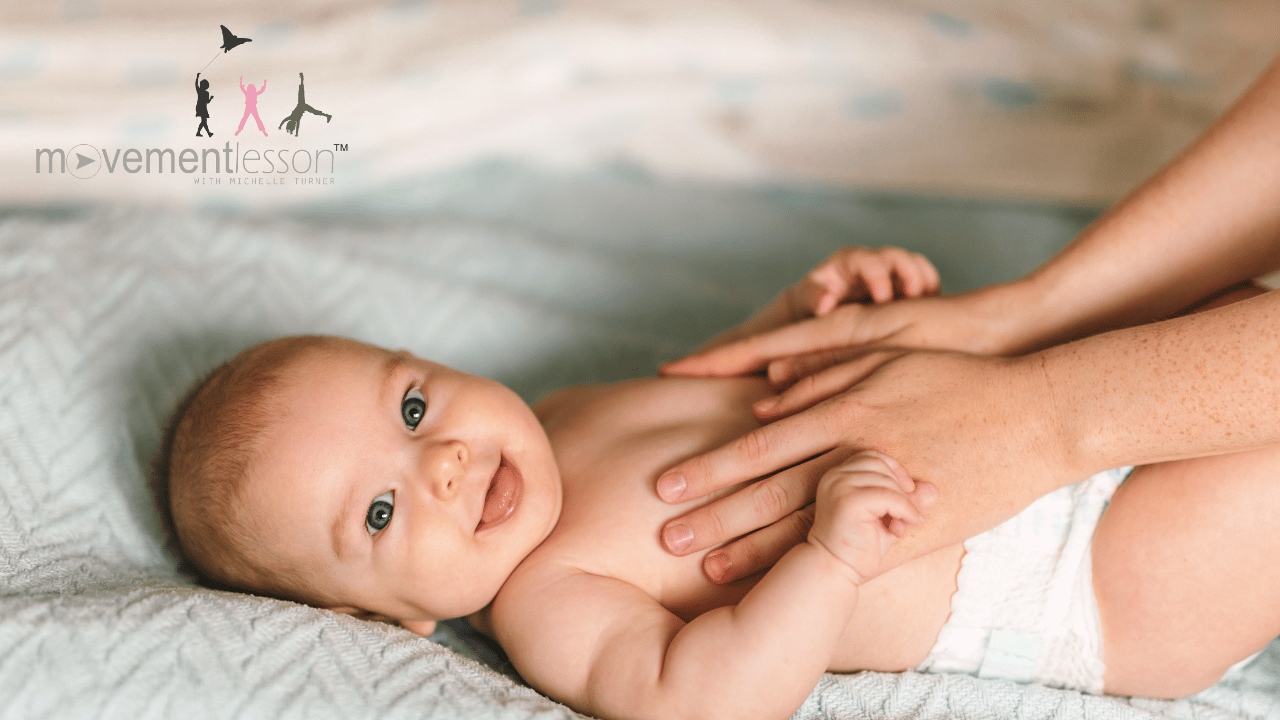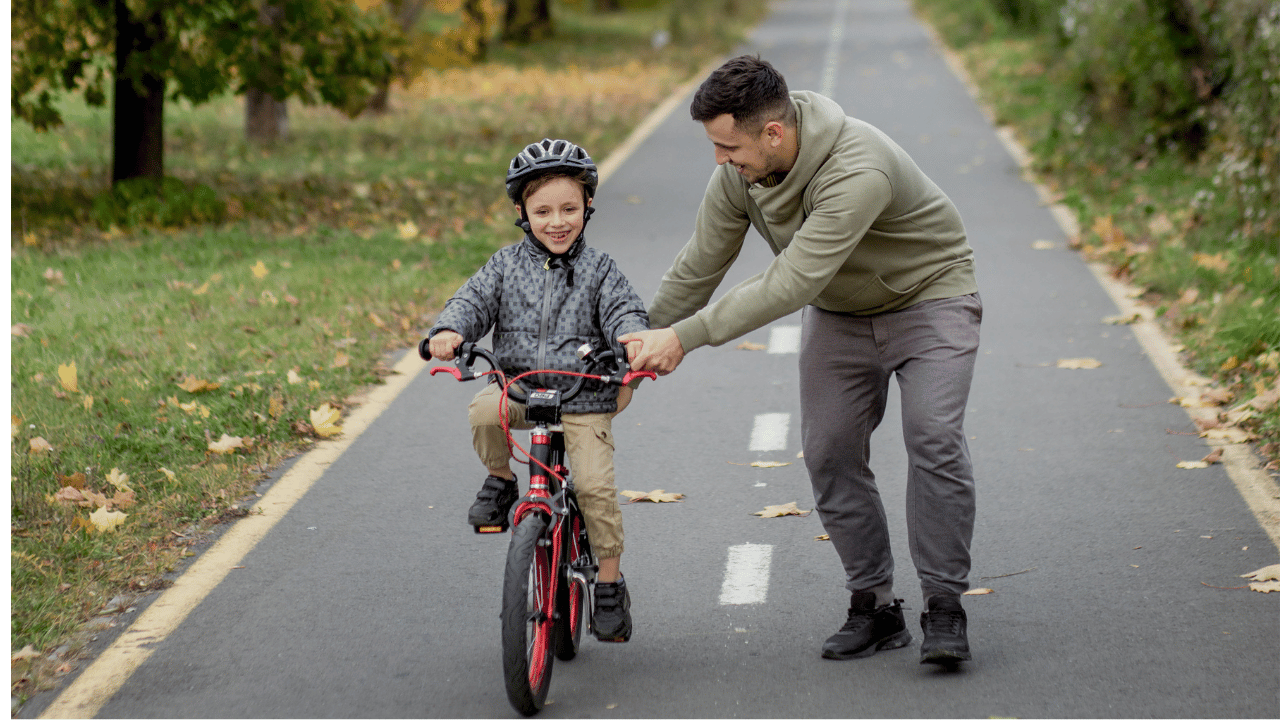Why Rotational Touch Works Faster Than Any Other Technique
Nov 25, 2025

Parents and therapists often describe Movement Lesson sessions as “instant,” “effortless,” or even “magical.” They see a baby who hasn’t rolled suddenly roll. A child who braces finally softens. A toddler who avoids visual contact suddenly settles and begins to track. These changes are not accidents or tricks. They come from understanding something that most clinicians and scientists overlook:
The human body does not learn through force.
It learns through rotation.
It learns through rotation.
The nervous system is not built to respond to linear pressure, stretching, pushing, or strengthening. Those are additive inputs—they add load, add effort, and add stress to a system that is already trying to compensate. When you add force to a body that isn’t organized, the body does exactly what it must to survive: it braces, guards, and tightens. It protects itself. It does not learn.
Rotational touch works because it does the opposite.
Rotation does not add load; rotation distributes load.
Rotation does not stress the system; rotation organizes it.
Rotation does not trigger defense; rotation activates development.
Rotation does not stress the system; rotation organizes it.
Rotation does not trigger defense; rotation activates development.

When you introduce rotation, you are speaking the body’s native language. Every structure in the human body—bones, joints, fascia, muscles, eyes, vestibular canals, even the flow of breath—depends on spiraling movement. A straight line in nature is rare. Spirals are everywhere: DNA coils, muscle fibers wrap, fascia winds, joints roll and glide, the spine twists, vision tracks in arcs, and even the tiniest righting reactions unfold in spirals.
Rotation is not simply a technique in Movement Lesson; it is the foundation of human movement.
When you use rotational touch, a single gentle cue spreads through the entire system. The pelvis picks it up, the spine sequences it, the ribs expand, the diaphragm responds, the head rights, and the eyes organize. What looks like a tiny movement of a child’s ankle or head is actually a full-body negotiation with gravity. A rotational cue is multiplicative: it influences everything at once.
This is why results appear so quickly.
The nervous system is not being asked to work harder; it is being shown how to work smarter.
Think of the difference this way: additive touch affects one area at a time. Rotational touch affects every area at once. Pressure asks the child to push back. Rotation invites the child to participate. One demands effort; the other builds ability. One increases strain; the other multiplies function.
When rotation enters the system, children who were stuck begin to move again. Not because someone forced their body to practice a skill, but because their nervous system finally received the missing information it needed to organize inside gravity.

This is why rotational touch stabilizes a falling object, steadies a bicycle, and settles a human nervous system. It’s the same physics. Nature always chooses spirals because spirals are the most efficient way to organize movement, distribute force, and stabilize momentum.
Movement Lesson uses those same principles to restore developmental potential. Whether the child has hypotonia, cerebral palsy, autism, prematurity, genetic differences, or delayed milestones, the result is consistent: when rotation is restored, the whole system reorganizes.
Rotational touch works not because it forces a change, but because it multiplies the child’s ability to experience movement.
This is the foundation of Movement Lesson.
This is why rotational touch works so fast.
This is why Movement Lesson changes lives.
This is why rotational touch works so fast.
This is why Movement Lesson changes lives.
Click HERE to learn more.
